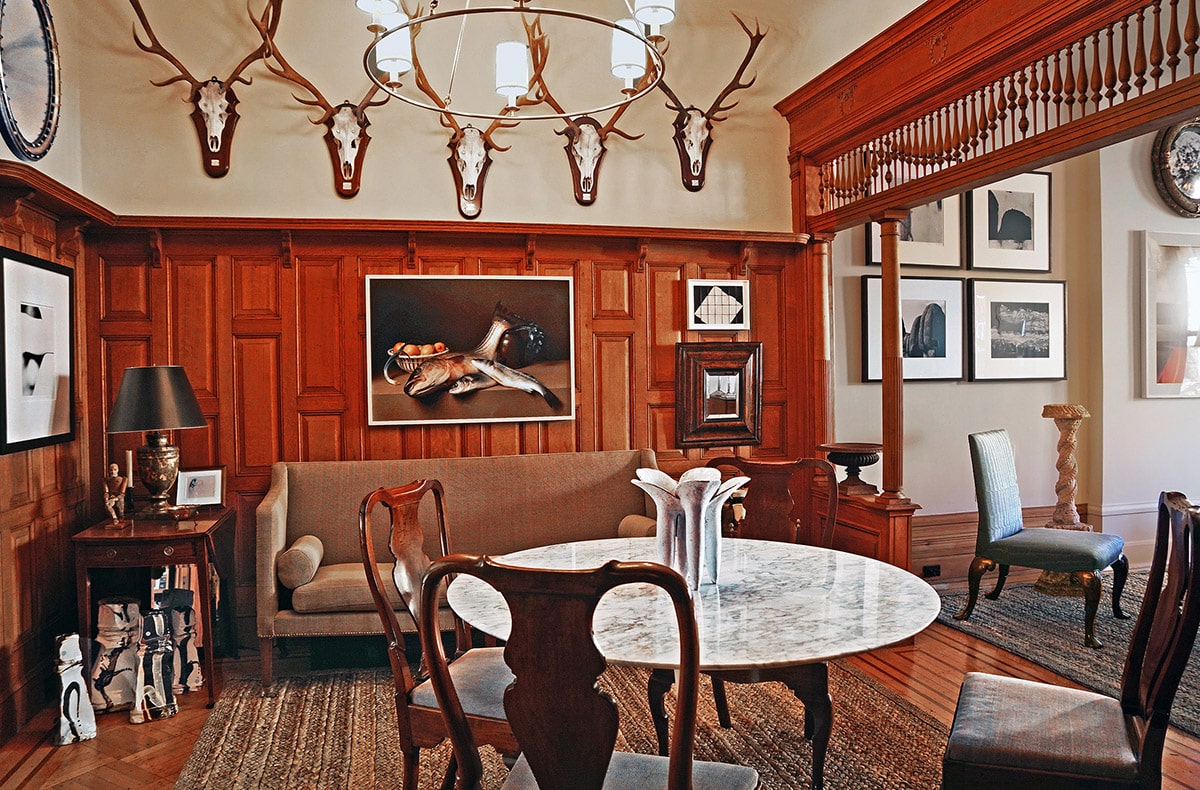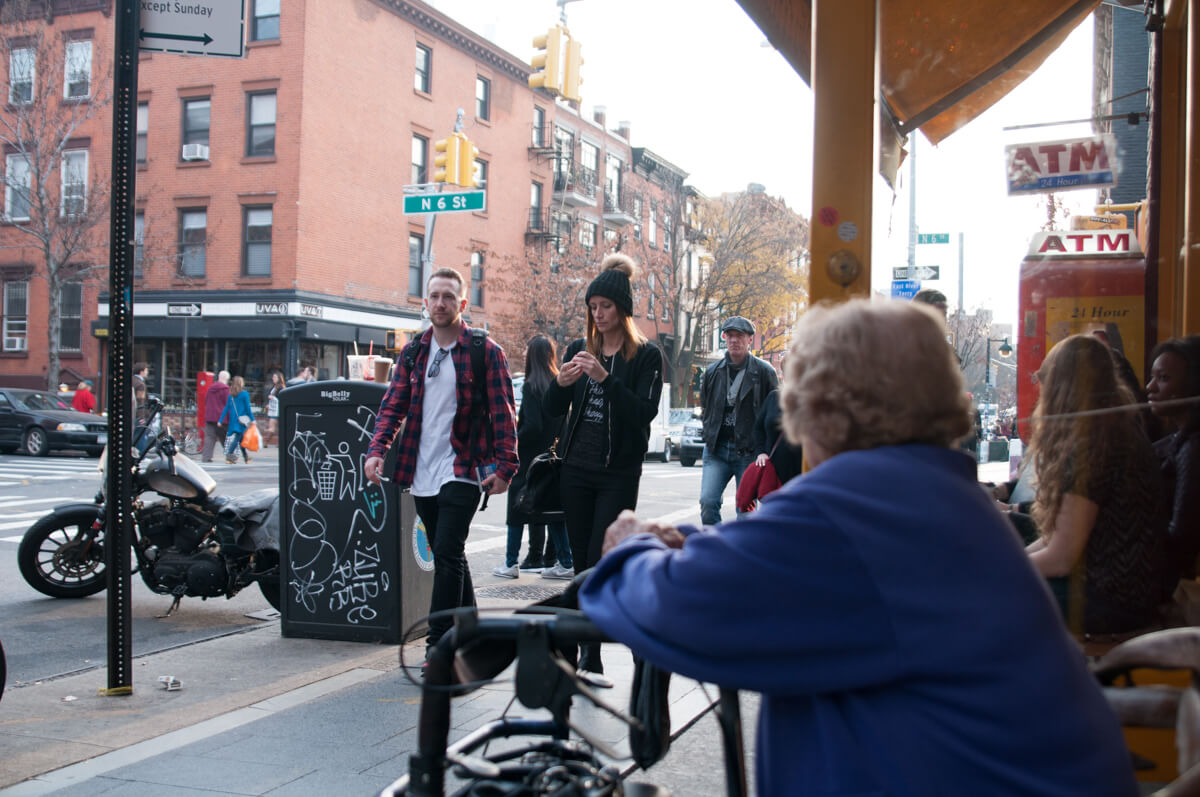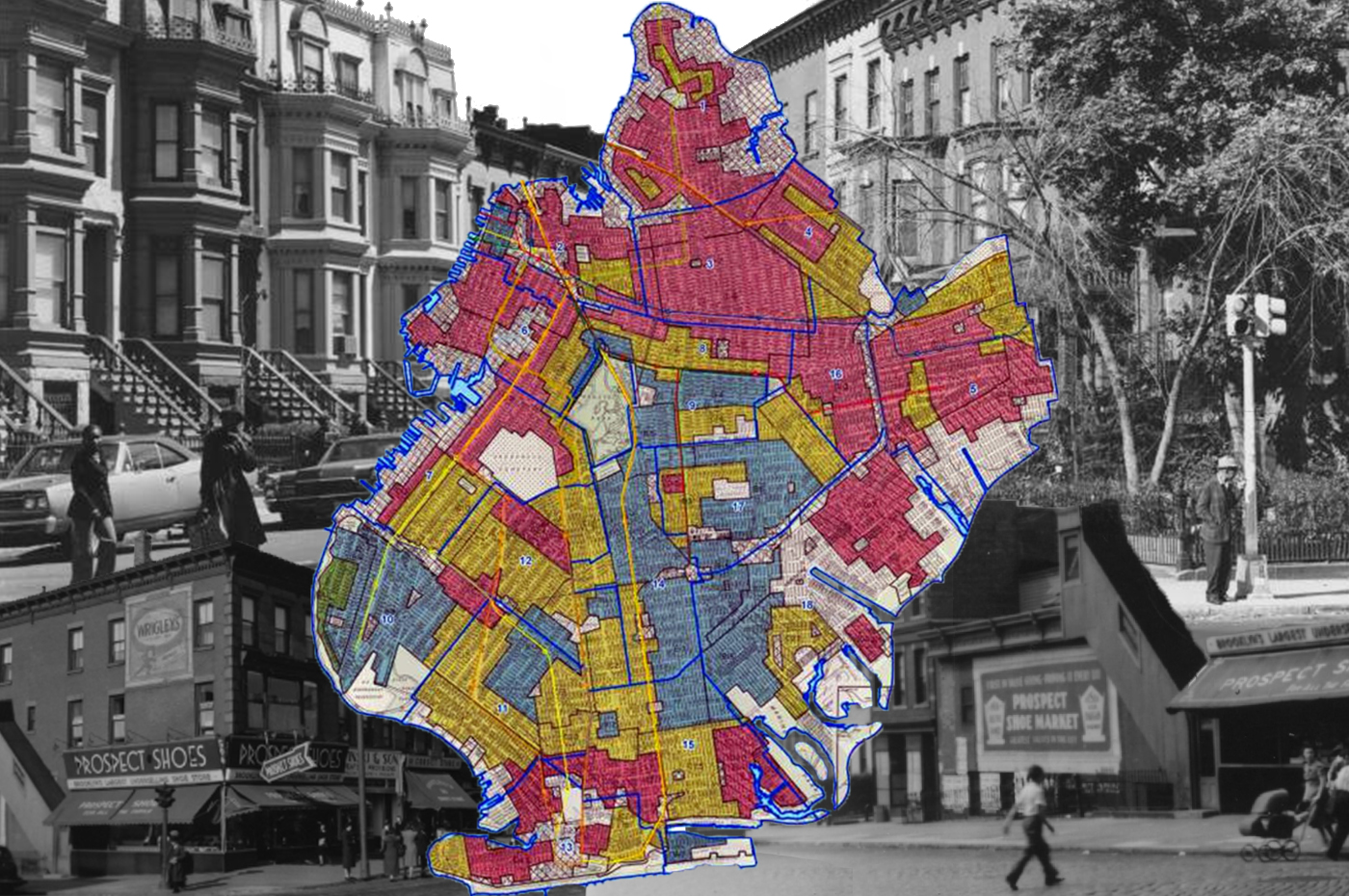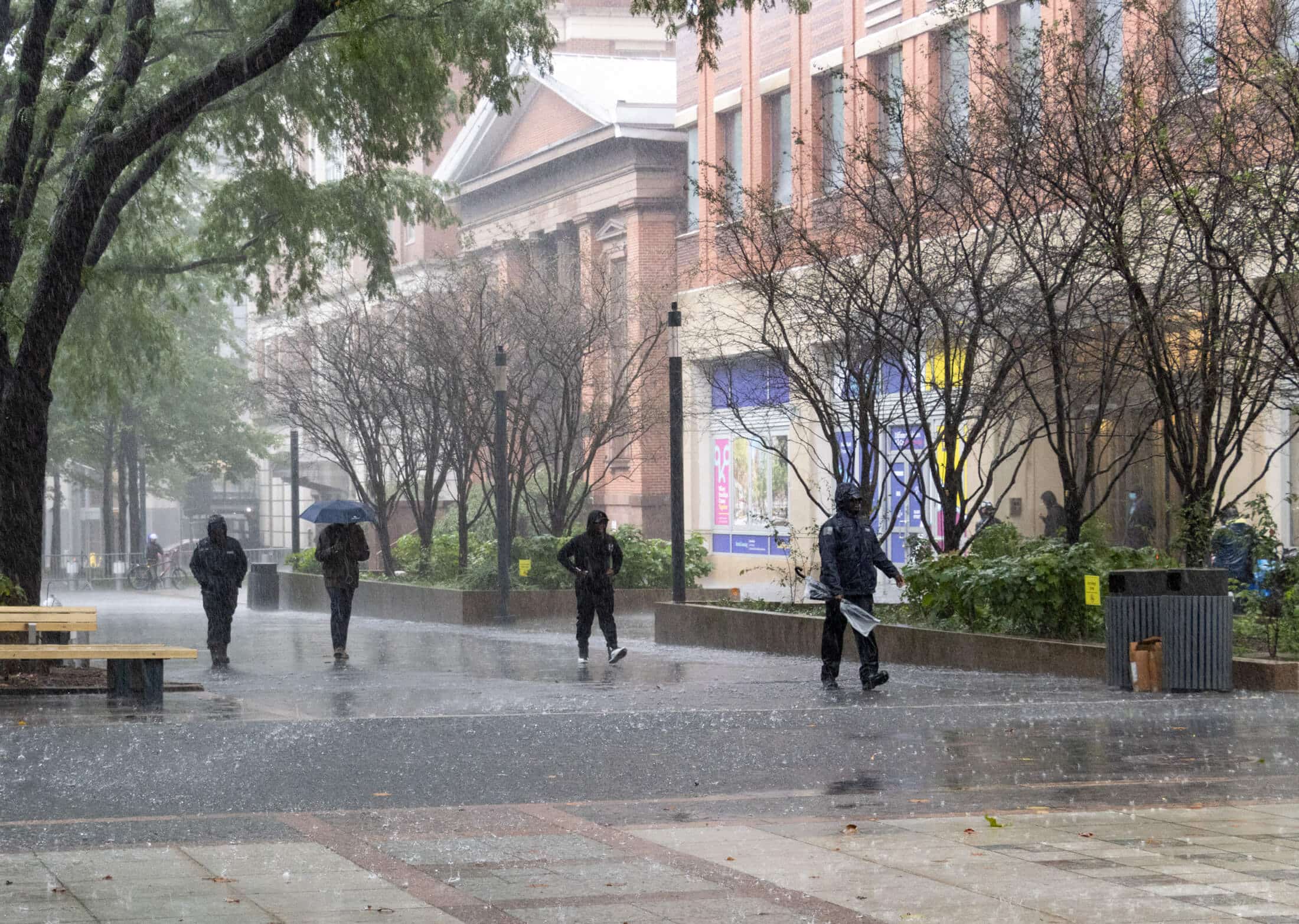Belgian Blocks for Water Street
The water main construction now complete, the section of Water Street underneath the Brooklyn Bridge is now in the process of getting its belgian blocks installed. Charming!

The water main construction now complete, the section of Water Street underneath the Brooklyn Bridge is now in the process of getting its belgian blocks installed. Charming!









6 foot area of blocks facing perpendicular is for the bike path.
this is infinitely better than a few blocks north, where it’s a shitty half cobble half asphalt mess of potholes.
At least it’s a payoff after looking at the construction for a year
greenwoodgeneral, for tax dollars to be used, the streets must be in a city historic district.
I think I know the answer from some recent research on a related subject. The blocks were turned and staggered so that wheels of carriages would not get caught in the grooves. Bicyclists (who were a major lobbying force at the turn of the century) were the ones who really pushed the city to pave streets with concrete, macadam and asphalt. First the city paved strips in the streets, but they turned out to be overrun by any vehicle with wheels, so eventually the whole street was paved. The grooves of streetcars were also hazardous to bicyclists, so they too were ripped out in favor of buses. It’s ironic to watch the bicyclists now trying to take back the streets from motorists.
I’ve speculating here, but i think the cobble orientation meant to encourage proper waterflow; that is, running off the center of the road and then along the sides, following the orientation of the longer joint lines.
(Or it might be a question of the grading, that the curvature required in the two portions of the road is different enough to necessitate a change in orientation, but that seems a bit of a stretch)
what qualifies a district to get it’s streets cobbled like that? Theoretically, most of the streets around the city have belgian blocks under the pavement somewhere? Is it the size of the tax base? I notice they do this in Tribeca and Dumbo, but not many other places. In tribeca, they’ve been ripping up the asphalt in places for a few years now, and recobbling.
On the other hand, if they reinstalled those on Prospect Park West (never mind all the streets of NY), you’d have instant traffic calming, with or without the bike lane.
I wish they would cobble all the DUMBO streets, but the OP is right it is murder on a bike… I have the ass to prove it….eek !!!
Anyone know the why they orient the blocks parallel with the curb to about 5′ out and then rotate them perpendicular? There must be some practical reason why. Thanks.